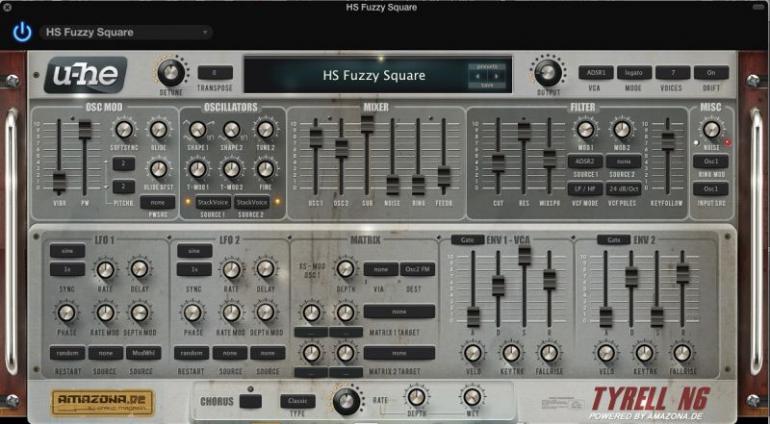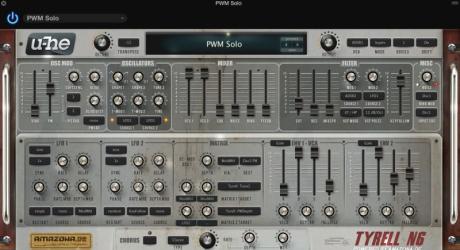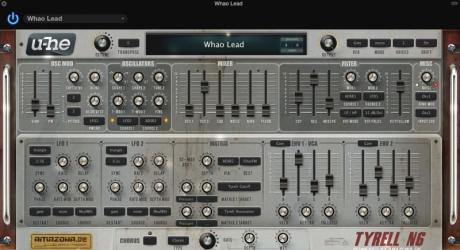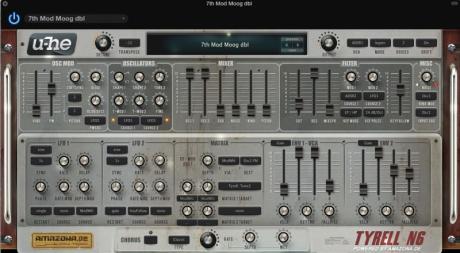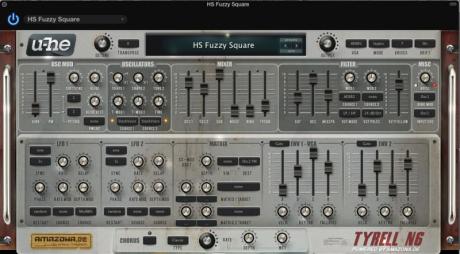Rock Organ XIV - Stealing the Solo
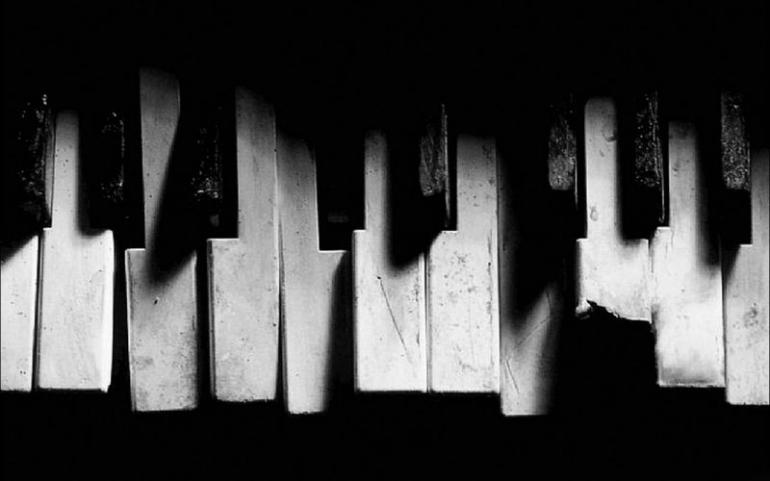
Čtenáři, možná vás zaskočí, že na českých stránkách nacházíte anglický text. Není to chyba. V současné době pro časopis Muzikus píše newyorkský klávesista a pianista Brian Charette. A tak jsem si v redakci řekli, že bychom mohli něco udělat pro zlepšení vašich znalostí angličtiny. Určitě nám dáte za pravdu, že angličtina se na pódiích objevuje stále častěji a potřeba domluvit se na pódiu i v zákulisí se stane brzy samozřejmosti. Proto zde naleznete originální verzi přímo od Briana a na stránkách časopisu Muzikus v čísle 11/2013 článek přeložený Petrem Štikou. Navíc zde máte audio ukázky, které do časopisu jaksi přeložit neumíme. Enjoy reading!
šéfredaktor časopisu Muzikus Ing. Vladimír Švanda
With a couple interesting techniques and sounds, you can make the guitarist in your band cry. This month we will investigate how to create a ripping solo with the flavor of a guitarist. With the advent of Moog and Arp synthesizers in the early 1970's, many keyboardists started stepping out in front of the band. Herbie Hancock, Keith Emerson, Rick Wakeman, and Prague's own, Jan Hammer, were a few of the pioneers in this new field of keyboard shreadding. Some of the instruments, most notably the Keytar, even started to be worn like guitars. A common characteristic in these solos is that they are performed with a monophonic keyboard patches augmented by mod wheel generated effects.
1. Ex 1 is a C minor pentatonic line (C, Eb, F, G, Bb, C) with the addition of a major 3rd note (E) on beat one of bar 3. Use this line over C7 chords. The sound, created with the great freeware soft synth, Tyrell 6 by U-He, has both oscillators set to Square Wave and is a monophonic patch. The cool thing about monophonic patches is that you don't really hear misses or mistakes, slightly overlapping rhythms become smoothed out and fall into the next note so that only one note sounds at a time. This gives our examples their clean, ripping, quality. It also creates a similar texture to a distorted guitar solo.


2. Ex 2 utilizes another cool trick with monophonic patches. In this example the left hand will play all the back keys and the right hand will play all the white keys. because the notes are so close together, we get a very twisty chromatic line. You can play these lines with just a few fingers too. It will sound to the listener like you are doing something rather complicated when you are actually letting the sound do all the work for you. Play with a stabby rhythmic motion and use which ever fingers feel comfortable. you can play this whole line with one finger on each hand if you like. The patch is a Saw Wave with a rather high resonance adding to it's shimmery quality and gentle wha wha effect. Experiment with your own lines; left hand for the black keys and right for the white. Mix it up and hear how unusual patterns and hemiolas are created very naturally.
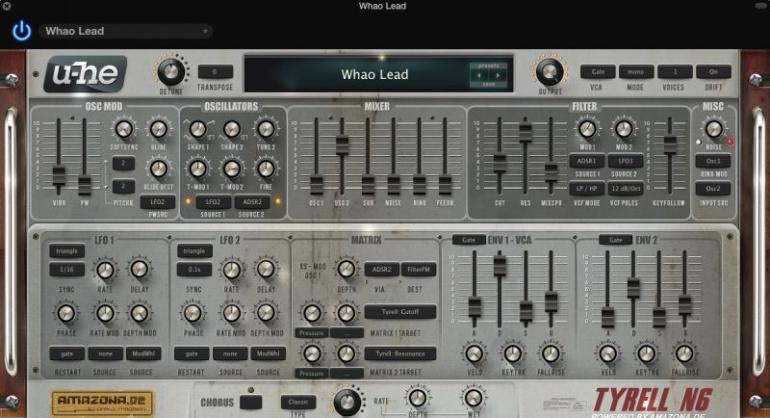

3. Ex 3 builds one the last two examples and adds one element, the use of the mod wheel. As we play the line, we slowly move the mod wheel from 0 to Max. As the Mod Wheel value increases, more intervals are added by mapping the Mod Wheel to LFO 1 then to both oscillators. The sound slowly morphs from a unison to a 7th interval. The timbre also changes. All these effects add expressivity to the sound and make it sound less like a piano or rhodes and more like a guitar. In the last two bars of the exercise we do another synth trick; hold the F down with the thumb as you play the upper notes with the other fingers of your right hand. As you release the upper notes, the pitch will fall back to the held note. We've added a little portamento so the pitches have a sliding sound.


4. Ex 4 shows you some interesting overlapping triads and root position 7th chords. By combining the arpeggios, you get interesting sounding lines automatically. Use both hands like we did in Ex 2. Assign one chord to each hand then just overlap the two arpeggios using a few fingers of each hand. This gives the illusion that we are playing with one big hand :) We start every 2 bars with the root of the chord and then mix the two arpeggios randomly. This is a distorted square wave with a medium cutoff frequency and high resonance. make note of the relationships of the chords and transpose this exercise to twelve keys. For example Bar one=over a 7th Chord play a triad built off the root and b7th scale degree. C7= C + Bb, F7= F + Eb, etc...
